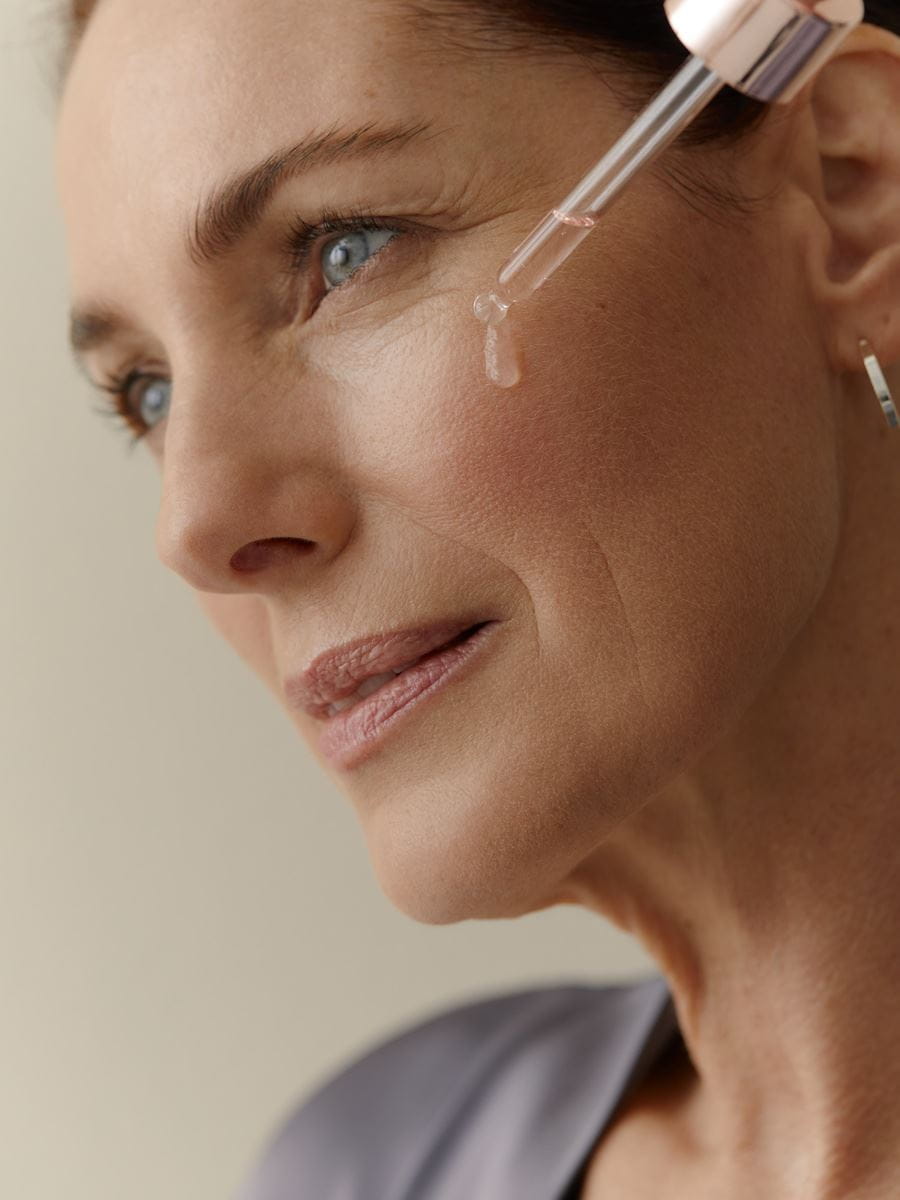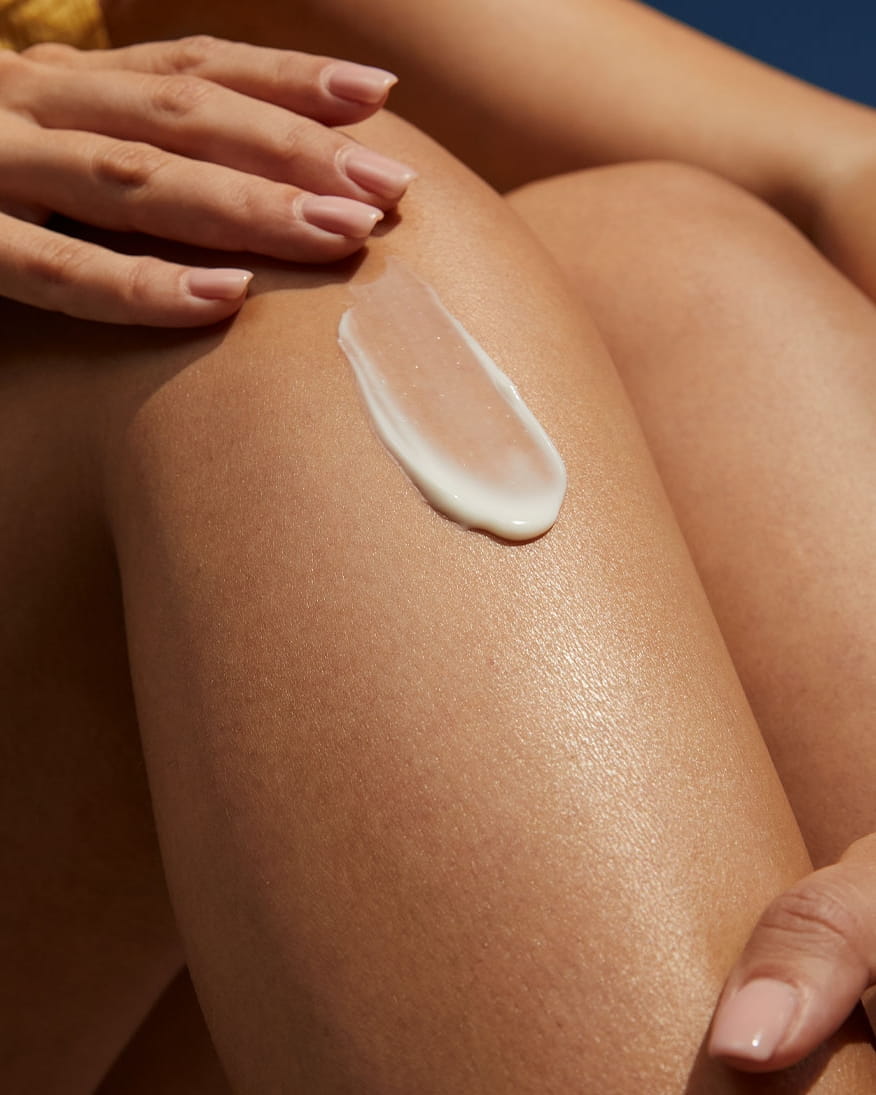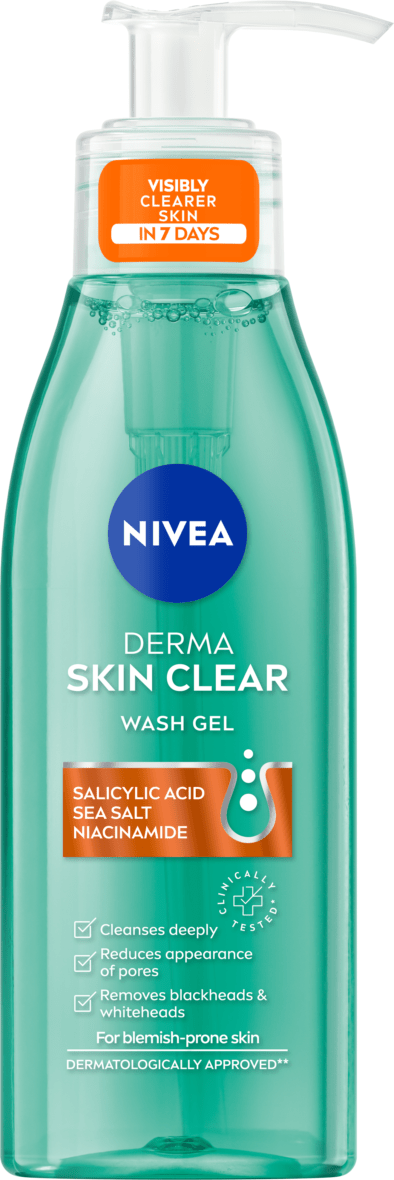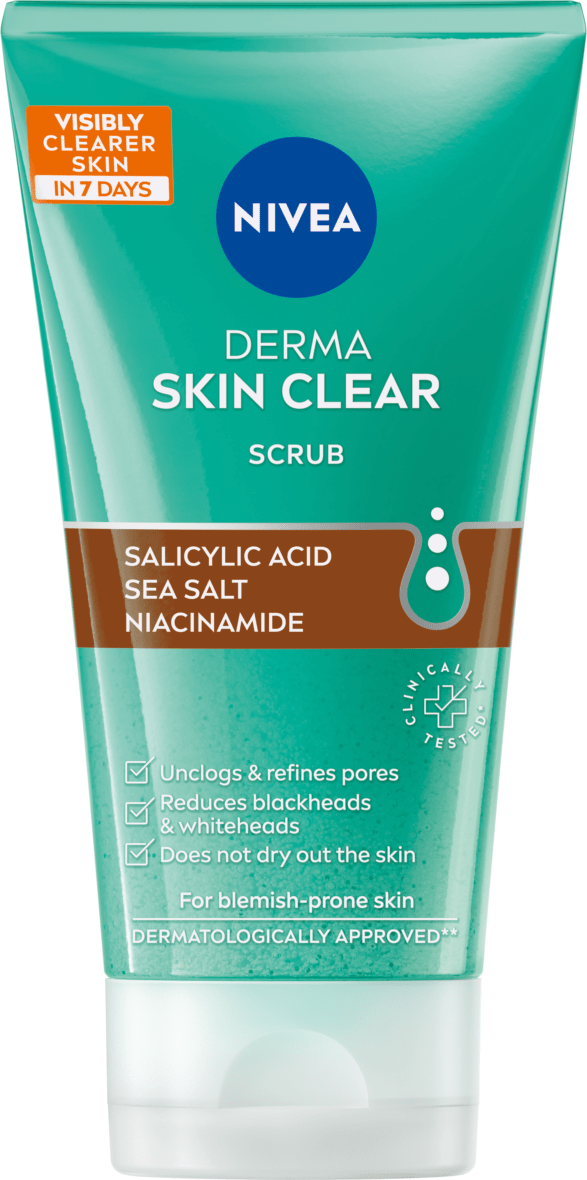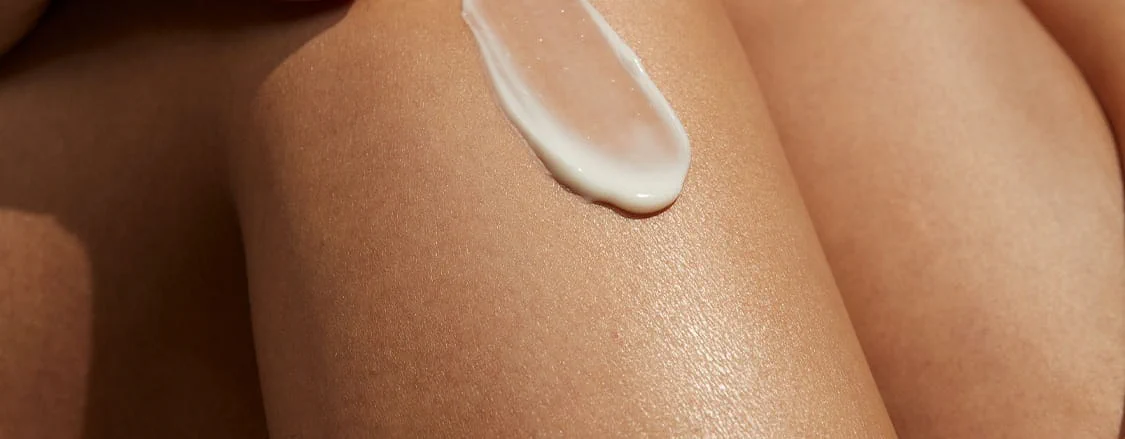
What are AHA and BHA?
Everything you need to know about AHA and BHA benefits and use for your skin
AHA VS BHA
AHA AND BHA IN SKINCARE PRODUCTS
AHAs and BHAs have been incorporated into skincare formulas, enabling everyone to use them in the comfort of their own home, offering impressive results in the removal of dead cells, reducing signs of skin ageing and improving the overall skin texture.
They can come in the form of serums, toners, face-washing solutions, scrubs, peeling solutions and creams.
When deciding whether to use AHA or BHA, think about the skin concern that you would like to relieve as these two types of ingredients have slightly different effects on your skin.
CAN AHA AND BHA BE COMBINED?
HOW TO USE AHA AND BHA?
EXPLORE NIVEA AHA AND BHA PRODUCTS
Discover NIVEA Derma Skin Clear, based on an innovative formula that combines Glycolic acid, Salicylic acid and Niacinamide to create products that are effective but gentle at the same time.
Remove and renew old and damaged skin cells, clear the pores out and rebalance your skin, with visible results in just 7 days.
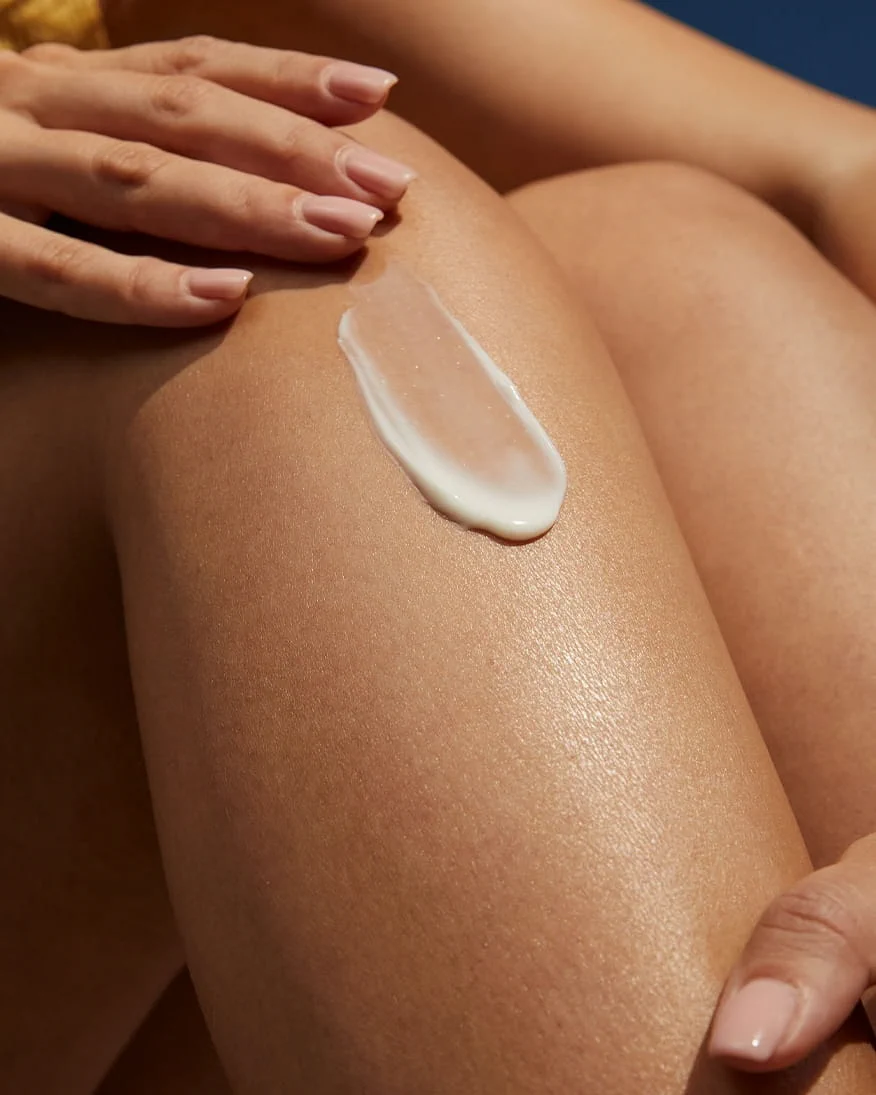
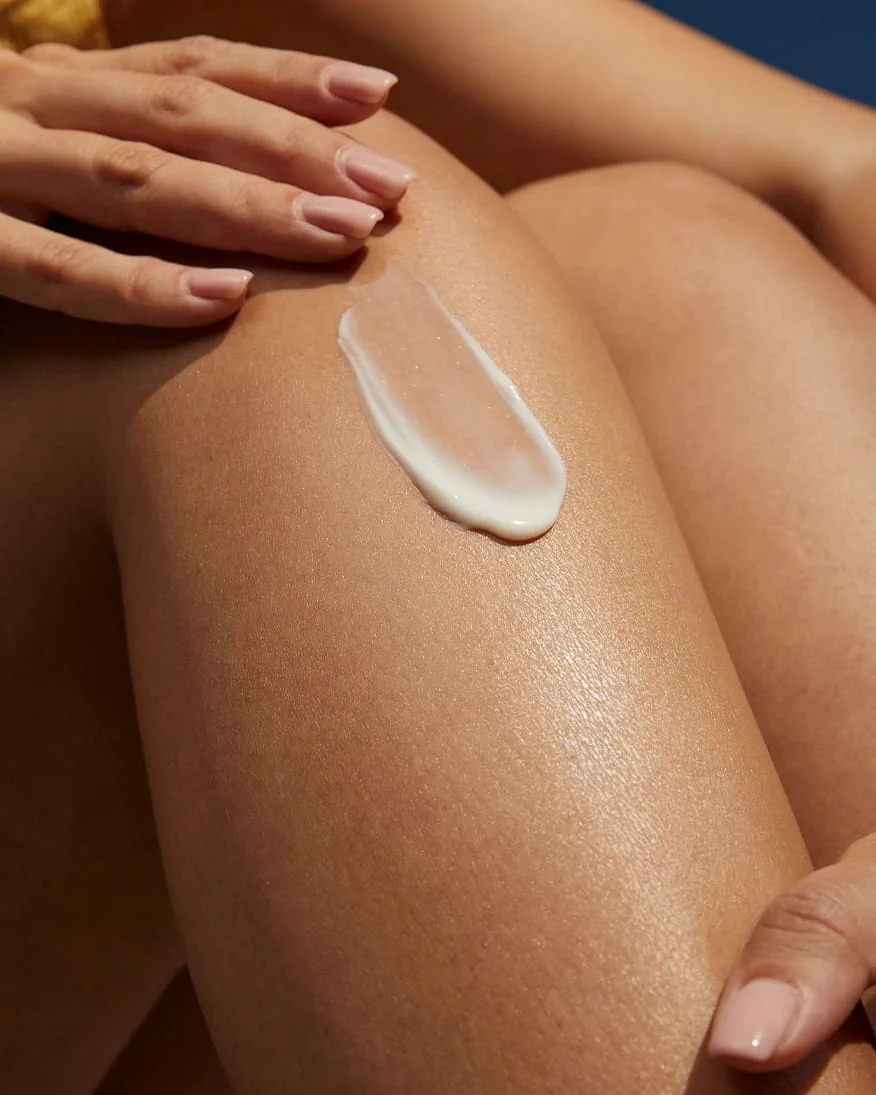
.jpg)
